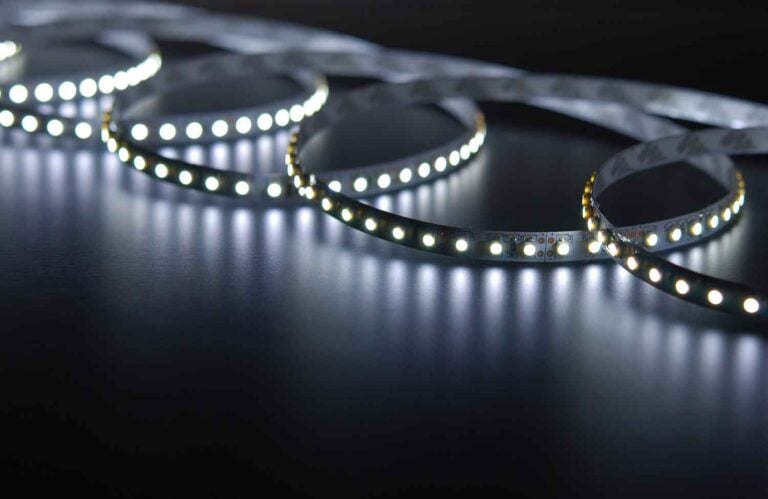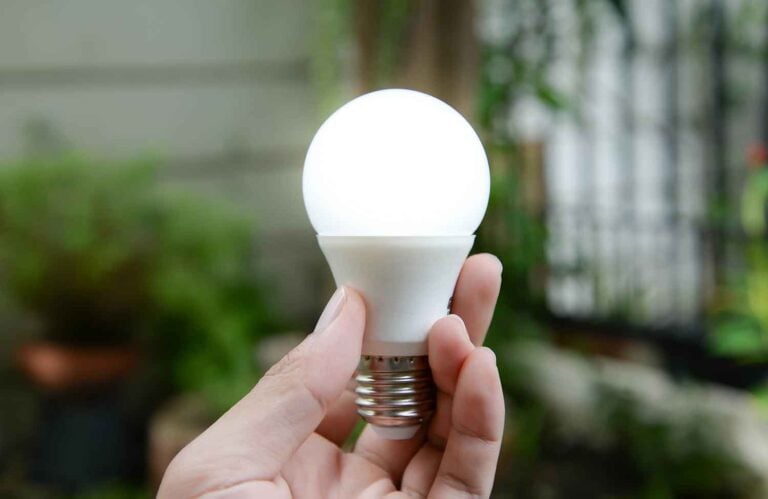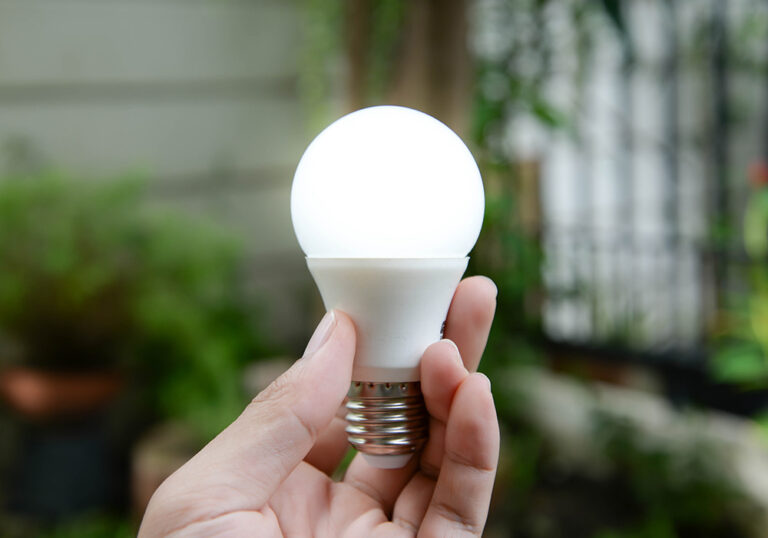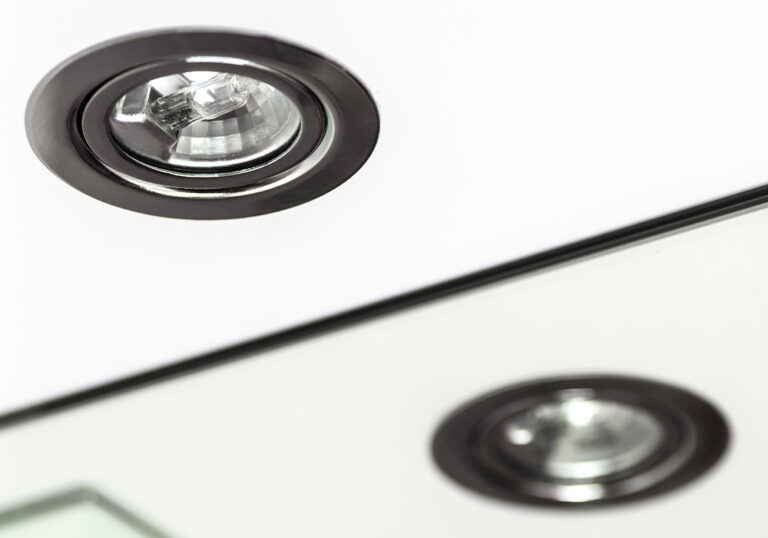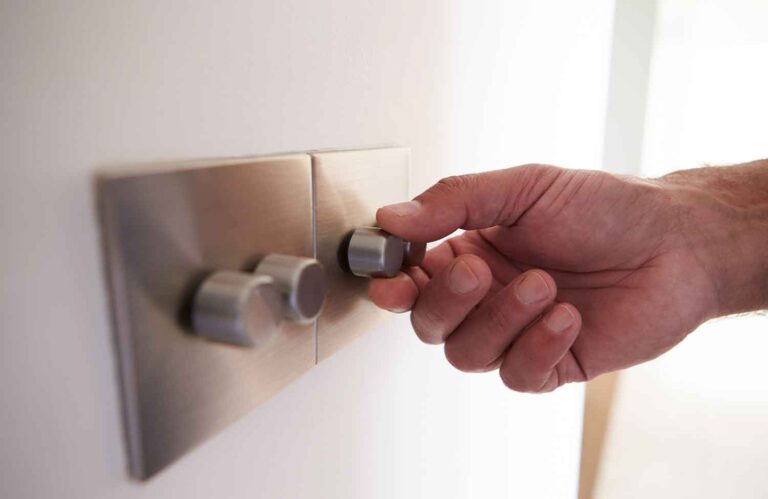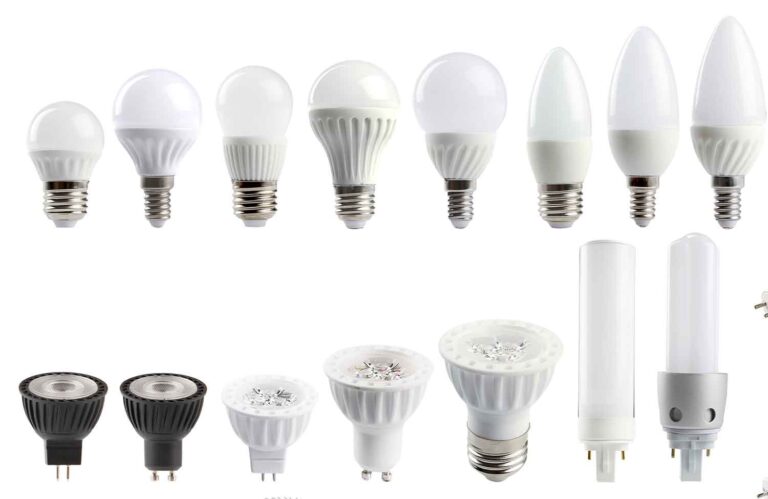Can LED Lights Catch on Fire: Assessing the Risks
LED lights, known for their efficiency and longevity, have become a prominent choice in lighting for various settings. While they operate at a lower temperature compared to conventional incandescent or fluorescent lights, concerns about safety may arise, particularly regarding the risk of fire. It’s essential to understand that any electrical device can pose a fire risk if it’s improperly installed, used, or manufactured with defects. However, LED lights are generally considered to have a lower risk profile when it comes to the potential for causing fires.
The safety of LED lights relates directly to their design and use. Proper installation is key to preventing overheating, which can stem from overloading an electrical circuit with more lights than it can handle. Additionally, as with any electrical appliances, ensuring that LED lights are free from manufacturing defects, using them according to the manufacturer’s instructions, and keeping them well-maintained are all vital steps to minimise any associated fire risk.
Key Takeaways
- LED lights offer a lower fire risk compared to traditional lighting options.
- Safe installation and use are critical in preventing LED light-related fires.
- Maintenance and compliance with manufacturer guidelines enhance LED safety.
LED Lights and Fire Safety
LED lights offer energy efficiency and long service life, but it’s important to understand their fire risk factors and employ preventative measures to ensure safety.
Fire Risk Factors for LED Lights
Material Quality: A primary risk factor is the quality of materials used in the LED. Inferior quality components may overheat, potentially leading to a fire hazard.
Installation Errors: Incorrect installation can cause electrical shorts. Ensure that wiring is correct and secure to minimise this risk.
Power Supply: Using an incorrect or faulty power supply can lead to overheating of the LED driver.
Ventilation: Without adequate air circulation around the fixture, heat may build up, increasing fire risk.
Preventative Measures for LED Lighting
Proper Installation: Follow the manufacturer’s instructions for installation. Use a qualified electrician to ensure that your LED lights are installed correctly.
Compatible Components: Use LED lights and accessories that comply with UK safety standards and are compatible with your home’s electrical system.
Regular Inspection: Periodically check your LED lights and fixtures for any damage, such as frayed wires or cracked housings, which could lead to fire.
Quality Products: Purchase LED lights from reputable suppliers to ensure they meet high safety standards.
Understanding LED Technology
When assessing the safety of LED lights, comprehending the specifics behind their operation is paramount. These insights are crucial to understanding their heat emission and the potential electrical risks involved.
Heat Generation in LEDs
LEDs, or Light Emitting Diodes, are highly efficient at converting electricity into light. They emit less heat compared to conventional light bulbs, which is largely due to how they produce light. Below is a brief outline of their heat generation characteristics:
- Efficiency: LEDs typically convert around 90% of the energy they use into light, making them far more efficient than traditional incandescent bulbs, which may convert as little as 10%.
- Heat Sink: Part of their design includes a heat sink to help dissipate the heat they do generate, whereby the heat is absorbed and then dispersed away from the light source.
Electrical Components and Fire Risk
Though the inherent risk of fire from LEDs is low, it’s not absent. Your understanding of the electrical aspects of LED technology will help mitigate these risks. The key points to note are:
- Quality of Components: Utilising high-quality LEDs reduces the risk of electrical malfunctions that can lead to overheating and, potentially, a fire.
- Circuitry: Short circuits and overloaded circuits are among the primary electrical issues that could pose a fire hazard when using LED lighting.
By keeping these particulars in mind, you can optimise the safety and functionality of your LED lighting solutions.
Best Practices for LED Installation and Use
To minimise fire risks and ensure longevity, it’s essential to follow correct installation procedures, regular maintenance, and adhere to safe usage guidelines for LED lights.
Correct Installation Procedures
- Ensure Professional Installation: For high voltage 230V LED strips, it is advisable to hire a professional to ensure that the lighting is correctly and safely installed. This typically involves evenly spacing the strips and making correct connections.
- Ventilation: LEDs should be installed in areas with good airflow to help with heat dissipation. This is particularly crucial for high-output lights.
Maintenance and Inspection
- Regular Checks: Periodically inspect your LED lights for any signs of damage, such as surface cracks or broken diodes. If damage is detected, address it promptly to prevent potential hazards.
- Cleanliness: Keep LEDs clean and free from dust to maintain proper function and reduce overheating risks.
Safe Usage Guidelines
- Location: Install LED fixtures away from flammable materials and in places that are not easily accessible to children and pets to ensure safety.
- Compliance: Always use LEDs in accordance with the manufacturer’s guidelines and applicable regulations.

